BIM is not new to the architecture, engineering and construction industry, it is a process that takes advantage of design technology to create better, faster, and more cost-effective outcomes. From 2018 to 2020, the adoption rate have surged by over 30% in Hong Kong, so it is the time for us to learn what is BIM and why so many companies adopt BIM.

BIM in Hong Kong: https://www.bim.cic.hk/Upload/publication/87/download_2/b55a28ce365e436292cf0e5de923b09e.pdf

BIM in construction: http://www.convertbim.com/succeed-implementing-bim-process-part-2/
What is BIM?
BIM is not software, but a process. Software is the technological core of BIM, which supports 3D design, intelligent models and information management, but it only represent part of BIM. Another part is social components, including the work practice that utilize software collaboration and coordination. Therefore, BIM represent the process to construct a digital information model for a building.

Common Software for BIM: https://veracityconsultant.com.tw/what-is-bim
BIM is so much more than a design tool, within a BIM process, a project team contribute information and data about a proposed building in a shared digital space. The digital information contributed could include specifications, schedules, performance, requirements, programmes, cost plans, and so on, and of course some drawings. Those drawings are created in 3D, while the non-graphical information is linked to the graphical 3D models, when you explore and click on different parts of the 3D representation, you’ll be able to access the information about it. Clicking on a light for example might give you information on its manufacturer, cost, performance level and when it will need replacing. Hence, BIM is not only for architects, but for all parties that involves in construction.

How to contribute information to BIM: https://www.a2kstore.com/understanding-levels-of-bim

Information linked in BIM: https://www.thenbs.com/knowledge/what-is-building-information-modelling-bim
Why Use BIM?
Executive Director Building Information Management at National Institute of Building Science suggest that BIM cut construction cost by 13% to 20%. A study from the Stanford University Centre for Integrated Facilities Engineering suggested that BIM attribute a 7% reduction in time for project completion.
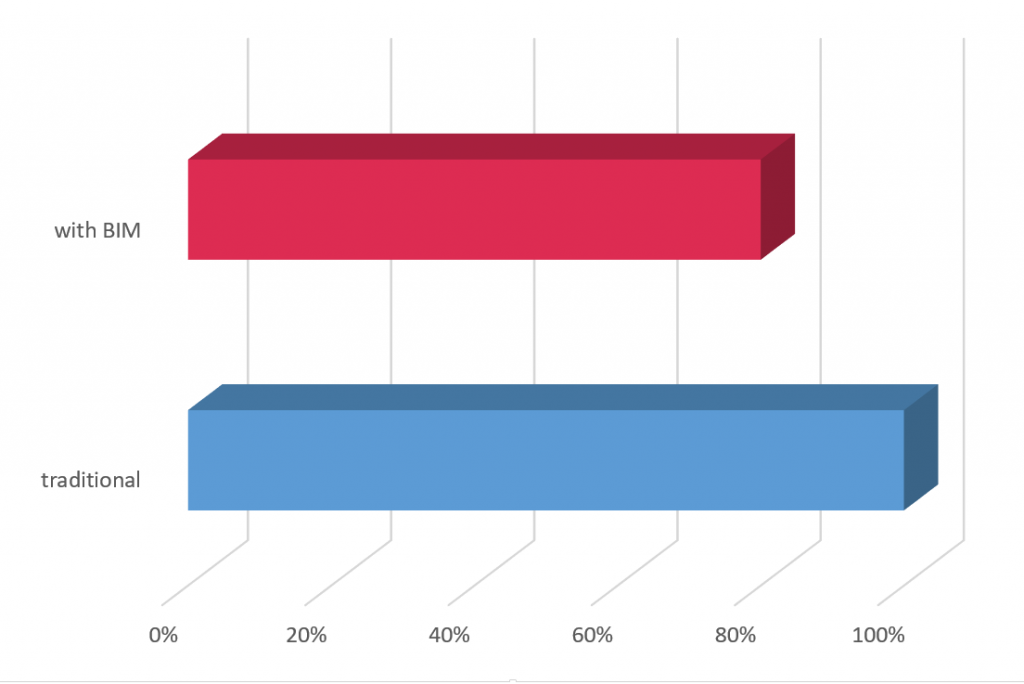
Construction cost reduce 20%

Construction time reduce 7%
In the traditional way of construction, project information is not used efficiently, much information is wasted due to mistrust, do not know what information is available, lack of process and standards as well as information not yet complete. According to the research from U.S. Department of Commerce Technology Administration, in traditional method of construction, the poor use of data coupled with highly fragmented teams cost the US capital facilities industry $15.8 billion annually, 2/3 of which is paid for by the owners. While BIM have clear guideline for information management, it clarifies how to create and share data by stating the requirement for who, when and how they provide data as well as the quality check to be undertaken to ensure accurate data. BIM Adoption Survey 2019 conducted by HK CIC found that near 90% of BIM Leaders in Hong Kong agree BIM enhance communication.
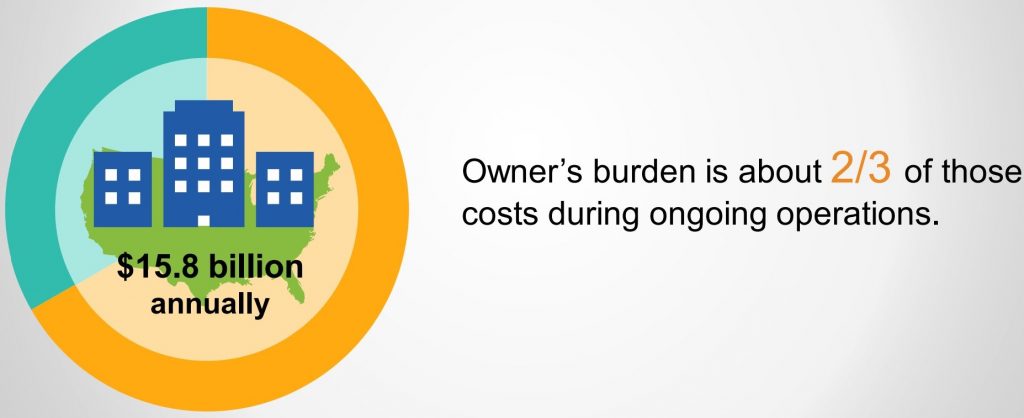
Huge cost for information misuse: https://damassets.autodesk.net/content/dam/autodesk/www/solutions/bim/BIM_for_Owners.pdf

BIM enhance communication
Worse still, 30% of the construction cost in U.S. is paid for rework, for example, the air conditioning duct is designed to go through a load-bearing walls. But since this arrangement only appears in the air conditioning plan, construction workers do not realize it until the load-bearing walls has already been built, they can only change the design in the construction site. From the MacLeamy curve, we understand that the project becomes more costly to change when it is in later stages. A study from the Stanford University Centre for Integrated Facilities Engineering reports that the function of clash detections in BIM resulting in savings of as much as 10% of the contract value.

MacLeamy curve: https://www.cibsejournal.com/cpd/modules/2016-12-bim/
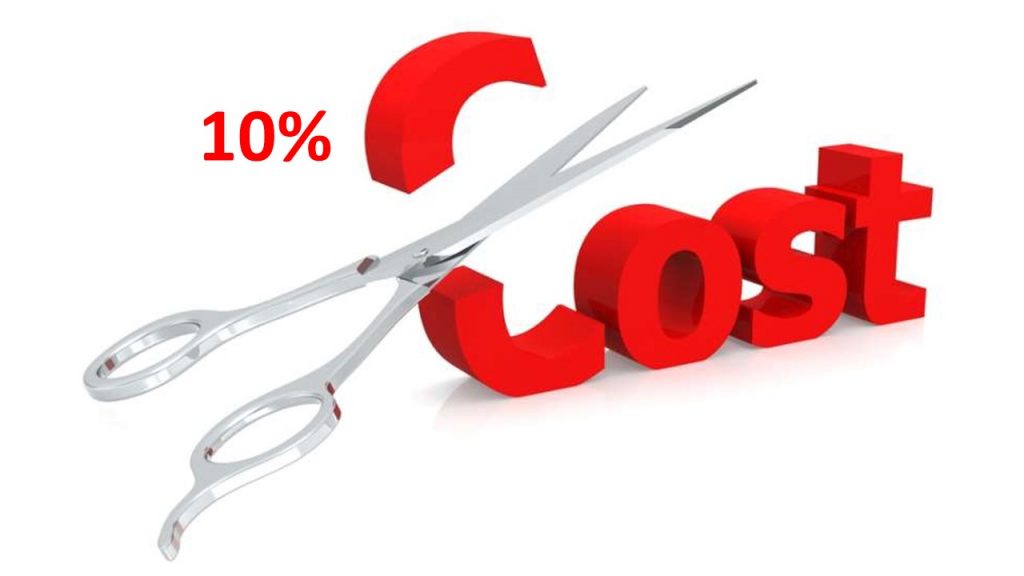
Reduce Rework
Based on the research from U.S. Department of Commerce Technology Administration, in traditional way of construction, more than 60% of the capital invested failed to meet schedule target. For example, in traditional method, cost estimating requires Quantity Surveyors to count components one by one, while BIM software can count itself. A study from the Stanford University Centre for Integrated Facilities Engineering suggested that BIM decrease 80% in the time required to generate an expenditure quote. BIM Adoption Survey 2019 conducted by HK CIC found that over 80% of BIM leader agree BIM enhance time management.

Time and Cost Estimation in BIM: https://clouda2k.co.uk/entering-the-5th-dimension-3d-bim-to-5d-bim/

BIM enhance time management
GBE welcomes comments from professionals and enquiries from the Public.
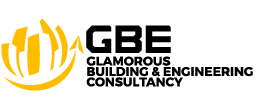




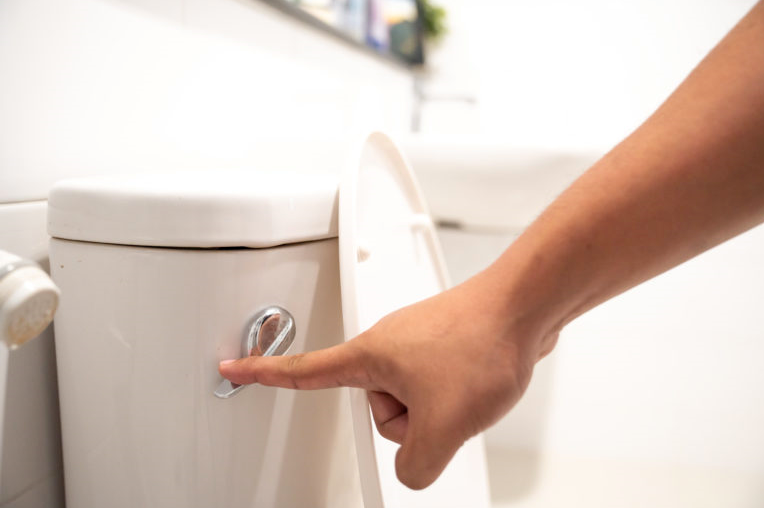
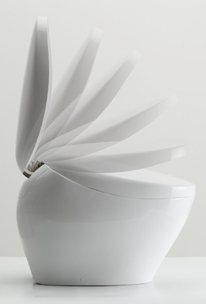
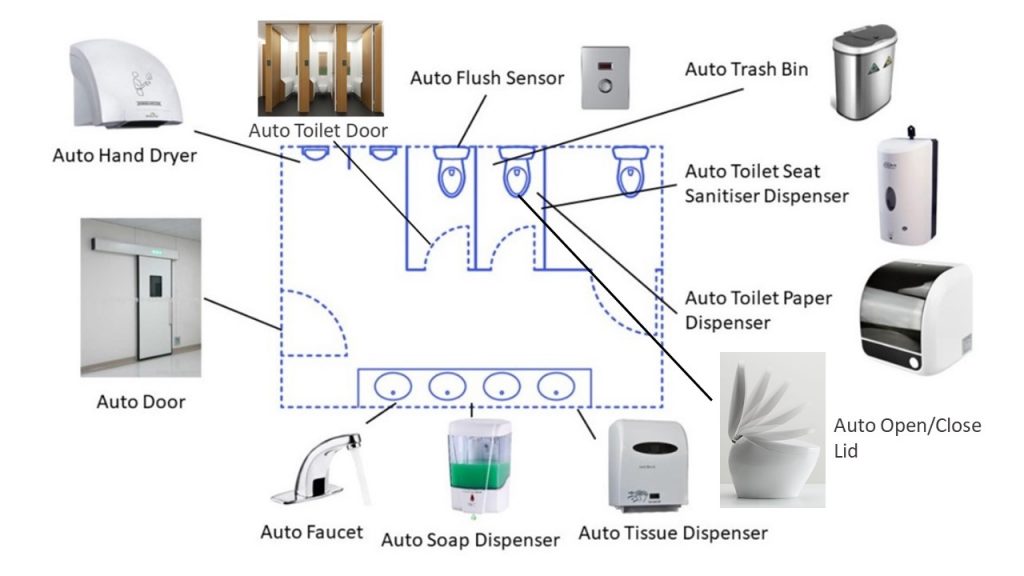


Recent Comments